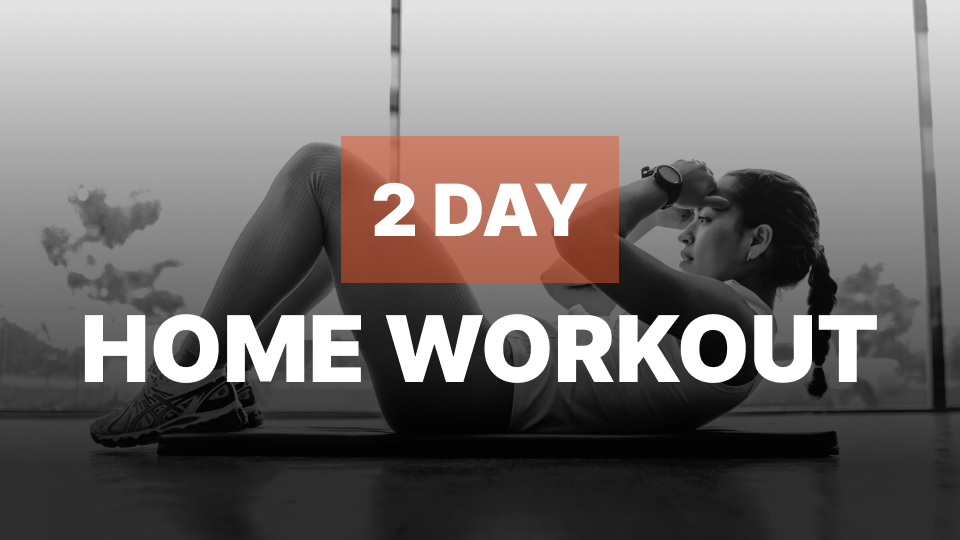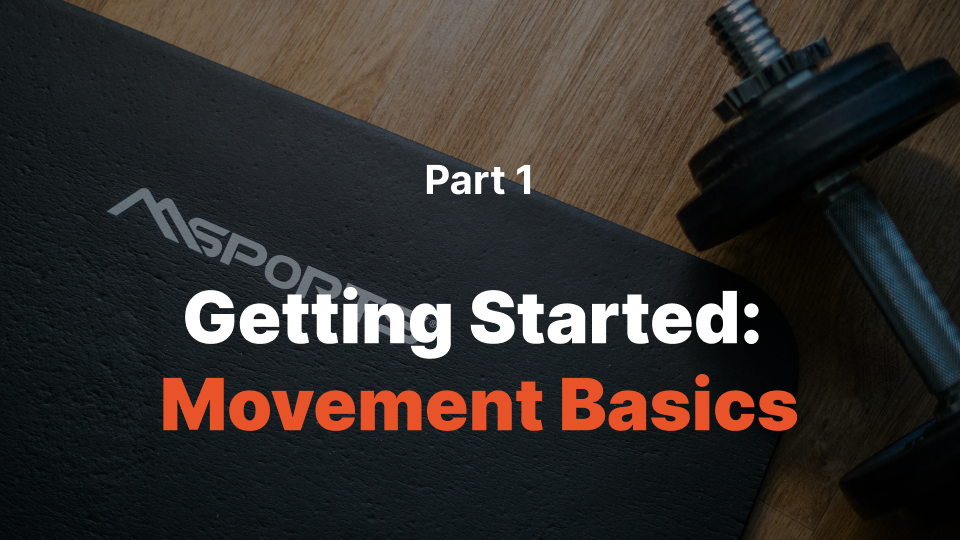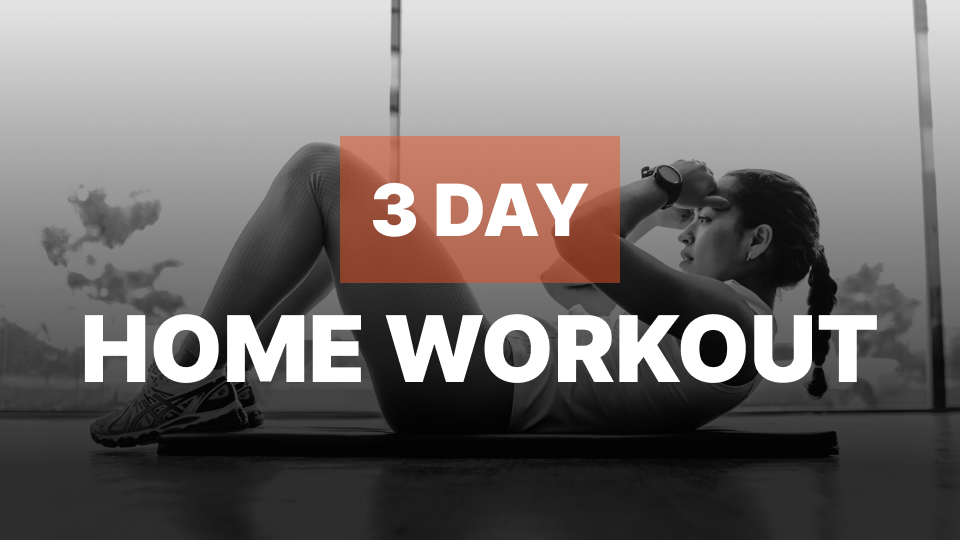The superman is a bodyweight exercise that targets the often-neglected lower back, along with the glutes, hamstrings, and core stabilizers.
It helps counteract the effects of sitting and poor posture while building strength and endurance in the posterior chain.
Simple, effective, and equipment-free—the superman is an excellent addition to any training program.
Muscles Worked
- Primary: Erector spinae (lower back), glutes
- Secondary: Hamstrings, shoulders, core
A strong posterior chain improves posture, reduces injury risk, and supports performance in nearly every other lift.
How to Do It (Step-by-Step)
- Lie face down on the floor with arms extended overhead and legs straight.
- Brace your core and simultaneously lift your arms, chest, and legs off the ground.
- Squeeze your glutes and lower back at the top—hold this "flying" position.
- Lower back down under control and repeat.
💡 Think about reaching forward with your hands and backward with your feet to maximize the stretch and engagement.
Rep & Hold Guidelines
| Goal | Reps / Holds | Rest |
|---|---|---|
| Strength | 3×10–15 reps | 30–60 sec |
| Endurance | 3×20–30 sec holds | 30–45 sec |
| Mobility / rehab | 3×10 sec holds, light reps | 30 sec |
Use Auto Progression to gradually increase reps or hold time and track improvements.
Form Tips
- Keep neck neutral: Look down at the floor—not up.
- Squeeze glutes hard: They should drive much of the lift.
- Don’t overarch the back: Lift gently and stay in control.
- Hold tension: Avoid letting your limbs drop quickly between reps.
When to Use It
- In warm-ups to activate the posterior chain
- As part of a core stability routine
- During rehab or prehab for lower back health
- At the end of training to reinforce posture
Common Mistakes
- ❌ Looking forward and craning the neck
- ❌ Arching the lower back excessively
- ❌ Using momentum instead of control
- ❌ Holding breath—remember to breathe steadily
📌 This is a controlled, endurance-focused move—quality matters more than speed or height.
Smarter Progression with Volym
- Increase hold duration and reps over time with Auto Progression
- Log total core work using Workout History
- Stay consistent with proper rest using the Rest Timer
It strengthens the lower back, glutes, and core—improving posture and helping prevent injury.
Beginners can start with 10–15 seconds per hold. Over time, build up to 30+ seconds for endurance.
It’s generally safe if performed with control. If you have lower back pain or injuries, consult a professional first.
No. Focus on control and engagement rather than height—don’t force an extreme arch.
Yes, as part of a balanced core and mobility routine—just monitor fatigue and adjust volume as needed.

_Waist_small.png)



